-

Zazi, Regional Manager of KINGMAX CELLULOSE, Attends Algeria Building Materials Exhibition
Zazi, the esteemed regional manager of KINGMAX CELLULOSE, recently embarked on a significant journey to participate in the Algeria Building Materials Exhibition. This article highlights Zazi’s pivotal role at the event and the company’s endeavors to make a lasting impact in the...Read more -
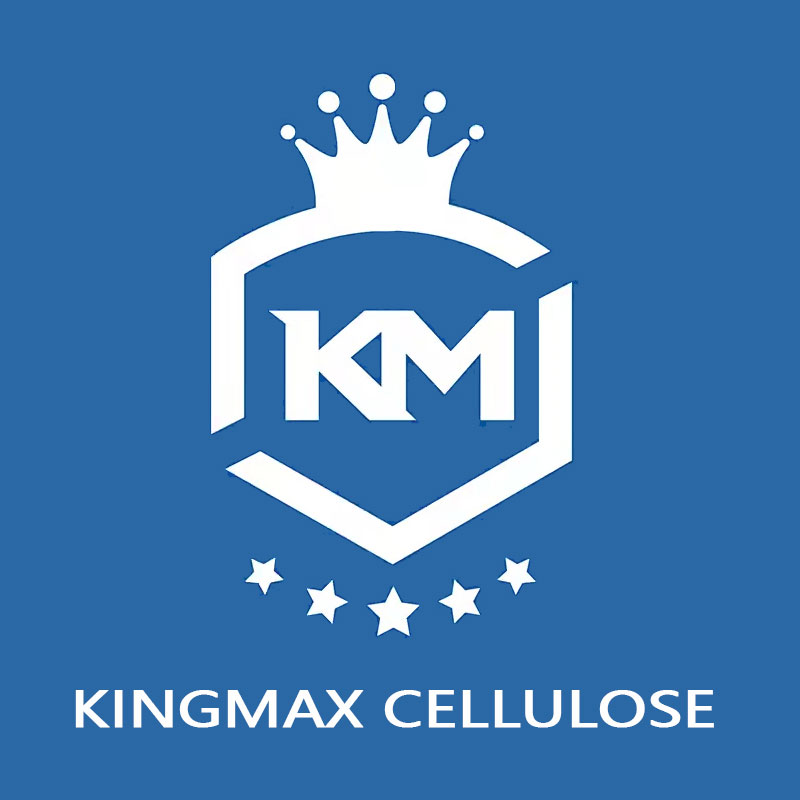
KINGMAX CELLULOSE statement!!!
we emphasize that our company’s English abbreviation in the international market is “KINGMAX CELLULOSE.”By unifying under this clear and unambiguous identifier, we aim to eliminate any further confusion and reinforce the strength of our brand on the global stage. As we navigate ...Read more -
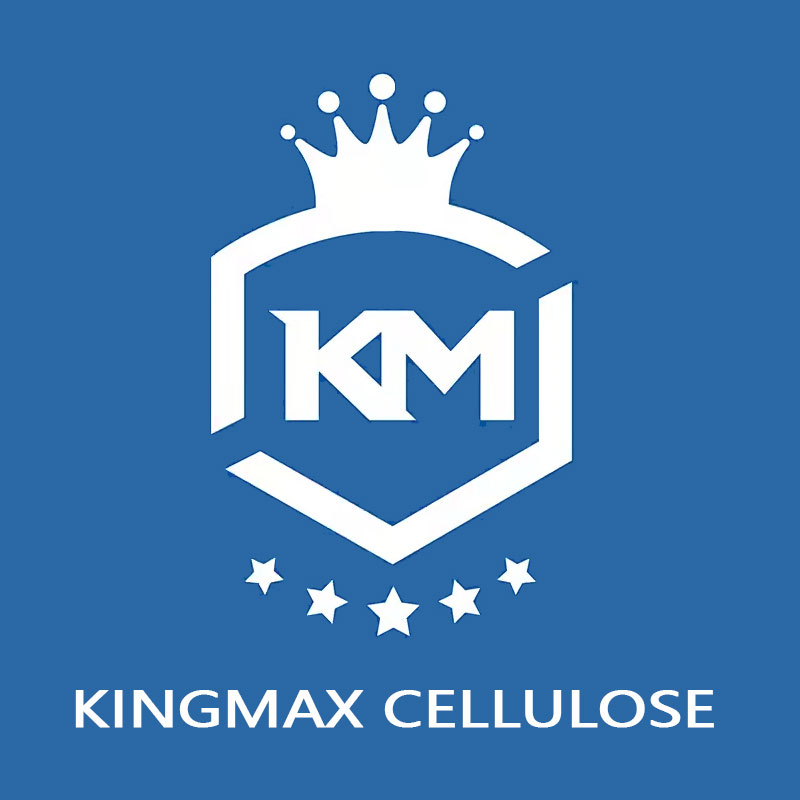
Our company’s abbreviation in the international market is “KINGMAX CELLULOSE”.
Kingmax Cellulose Co., Ltd. thanks friends at home and abroad for the support and love of Kemaoxing Company. We made great achievements in 2023, but also received a lot of questions and confusion about the company name from domestic and foreign merchants. Due to our negligence, we have brought se...Read more -
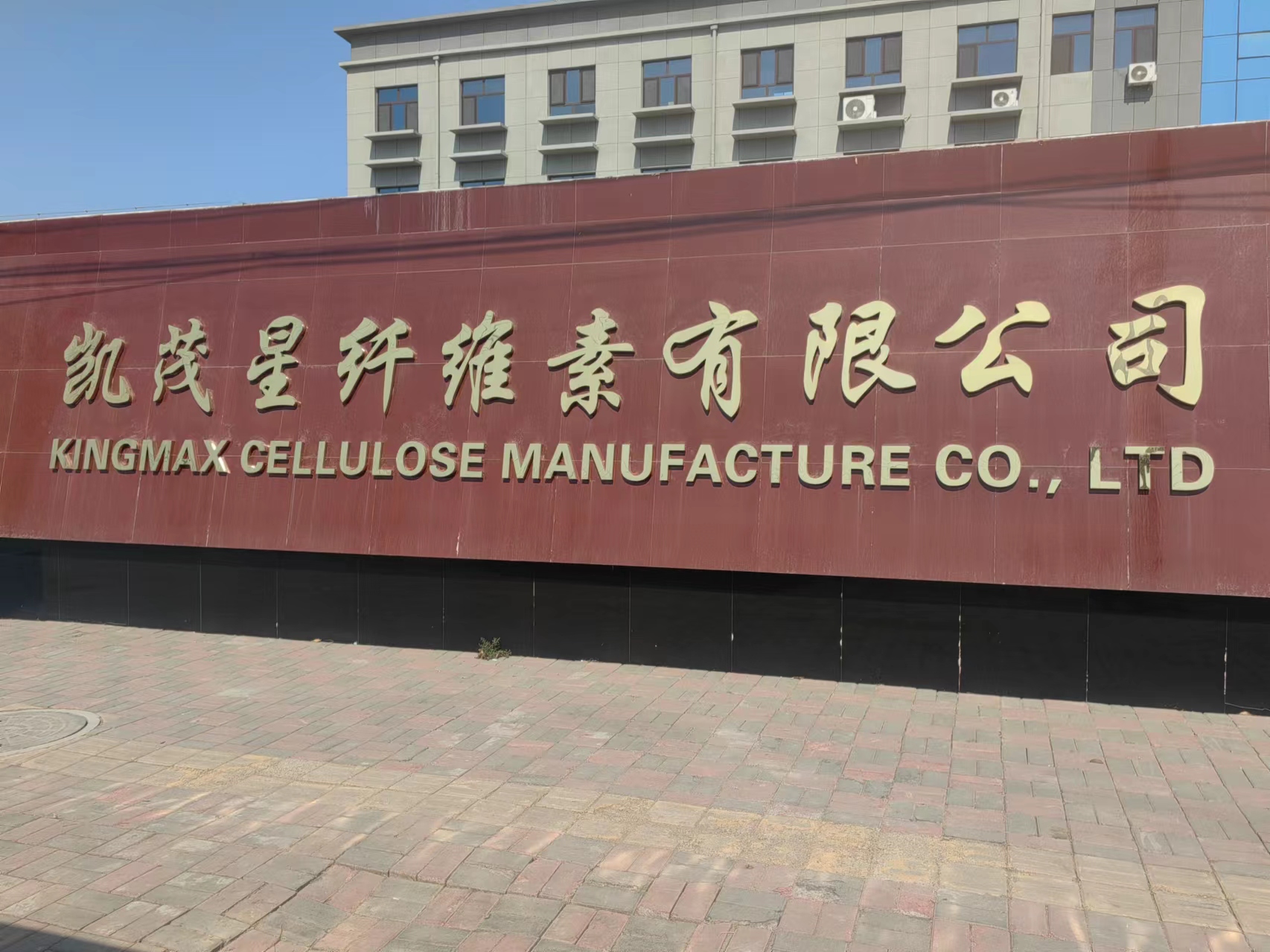
Our international abbreviation is KINGMAX CELLULOSE
Chinese name:凯茂星纤维素有限公司 Add: North jingerwei 4th Road, Mayu Development Zone, Jinzhou City, Hebei Province, ChinaName :KINGMAX CELLULOSE MANUFACTURE CO.. LTDAdd: North of jiner and Weisi Road, MayuChemical industry Parkinzhou Hebei, China Bank Name :THE AGRICULTURAL BANKOF CHINAHEBEIBRA...Read more -
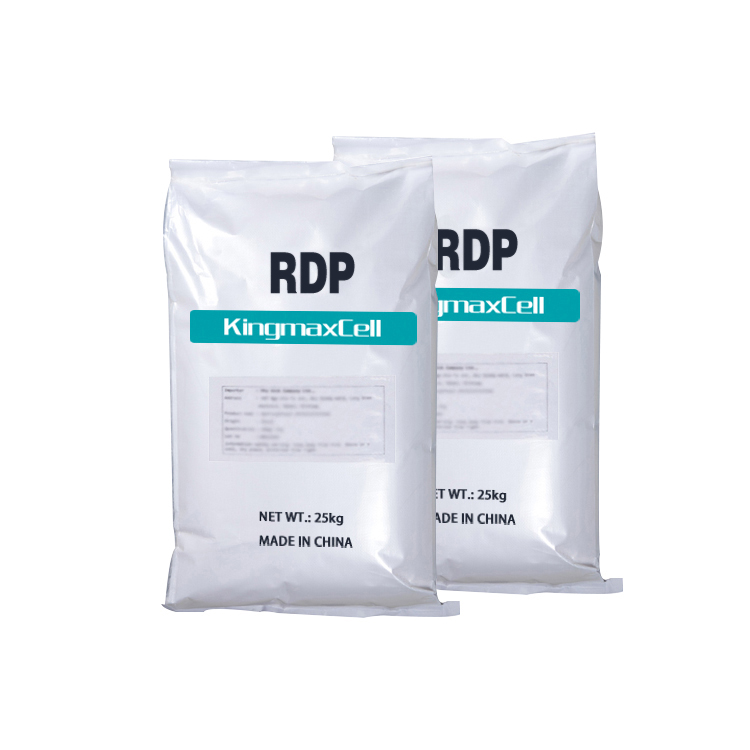
Redispersible Latex Powder: Properties, Applications, and Recent Developments
Redispersible latex powder (RLP) is a versatile polymer powder widely used in various industries for its exceptional film-forming properties, adhesion, and flexibility. This paper provides a comprehensive review of RLP, focusing on its composition, manufacturing process, properties, and applicat...Read more -
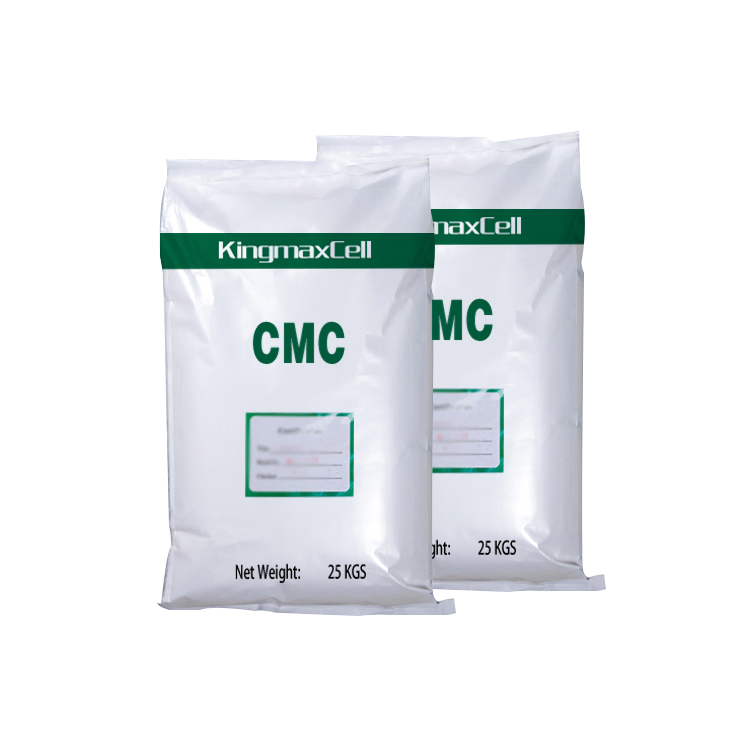
Introduction to the Application of Cellulose Thickener
Cellulose-based thickeners are widely used in various industries for their exceptional thickening properties, versatility, and biodegradability. This paper provides an introductory overview of the applications of cellulose thickeners, focusing on their role in enhancing the viscosity, stability,...Read more -

Application of Hydroxypropyl Cellulose as an Auxiliary Material in Solid Preparations
Hydroxypropyl cellulose (HPC) is a versatile polymer widely used as an auxiliary material in the formulation of solid preparations in the pharmaceutical industry. This paper provides a comprehensive review of the applications of HPC in various solid dosage forms, including tablets, capsules, and...Read more -

Thickeners for Water-Based Paints: A Comprehensive Review
Thickeners play a crucial role in water-based paints by controlling viscosity, improving stability, and enhancing application properties. This paper presents a comprehensive review of thickeners used in water-based paints, focusing on their types, mechanisms of action, formulation considerations...Read more -

Hydroxyethyl Cellulose as a Thickener: A Comprehensive Review
Hydroxyethyl cellulose (HEC) is a widely used polymer in various industries, primarily as a thickener. Its unique properties make it suitable for a multitude of applications, ranging from personal care products to pharmaceuticals and construction materials. This paper aims to provide a comprehen...Read more -
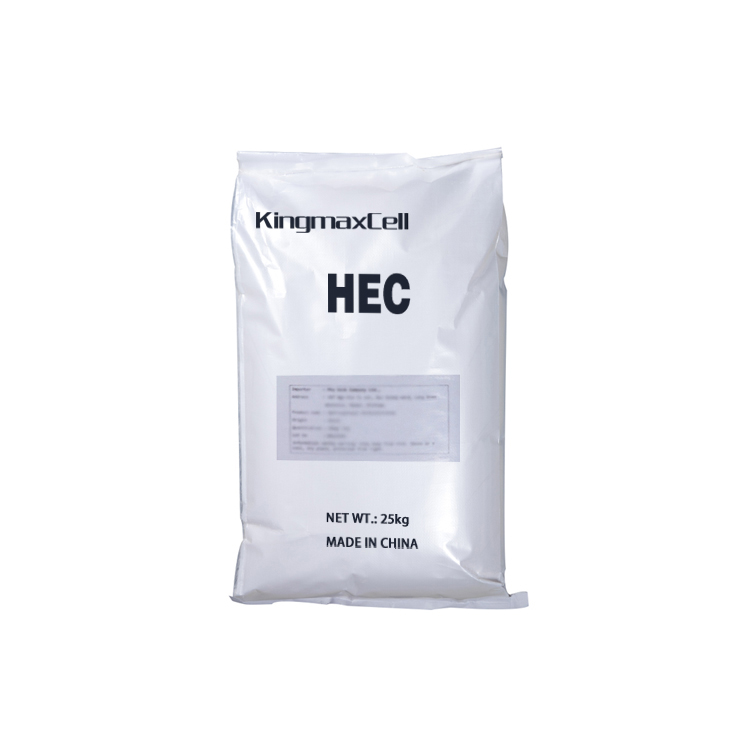
Applications of Hydroxyethyl Cellulose (HEC) as a Thickener
Hydroxyethyl cellulose (HEC) is a versatile thickener widely used in various industries for its exceptional rheological properties and compatibility with aqueous systems. Derived from cellulose, HEC offers a range of benefits that make it a preferred choice for thickening applications in paints,...Read more -
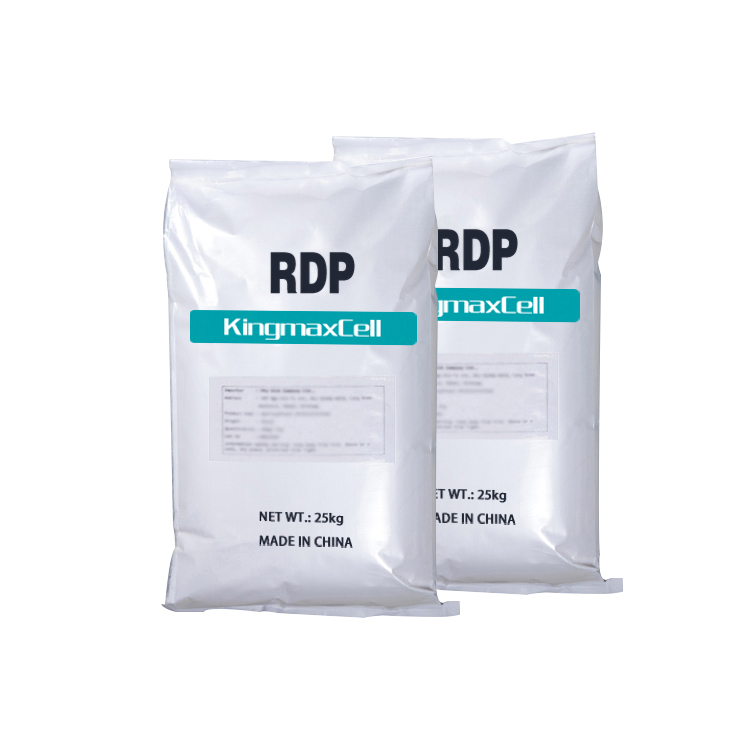
Applications of Redispersible Latex Powder
Redispersible latex powder is a versatile additive widely used in construction materials, coatings, adhesives, and other industries. Composed of polymer powders obtained by spray-drying aqueous emulsions, redispersible latex powder offers a range of benefits that enhance product performance and ...Read more -
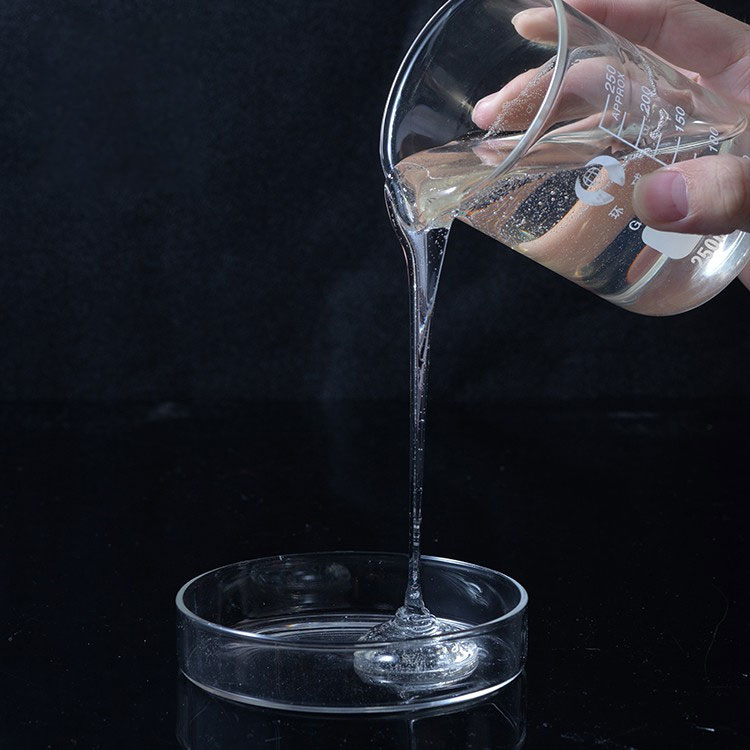
Introduction to the Applications of Cellulose Thickener
Cellulose thickeners are a class of additives widely used in various industries for their ability to enhance viscosity and improve the texture of formulations. Derived from cellulose, these thickeners offer a range of properties that make them indispensable in numerous applications, from paints ...Read more

